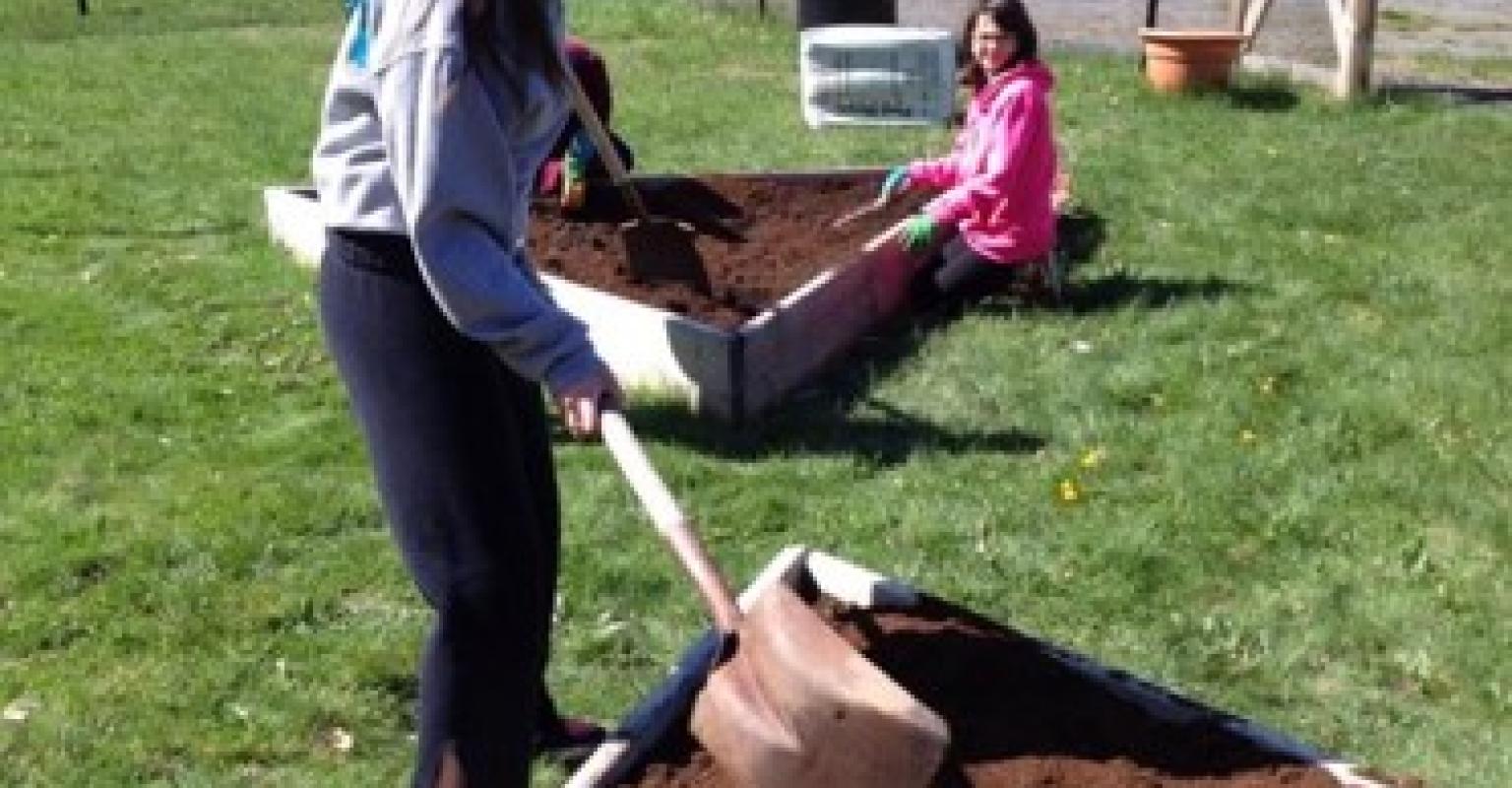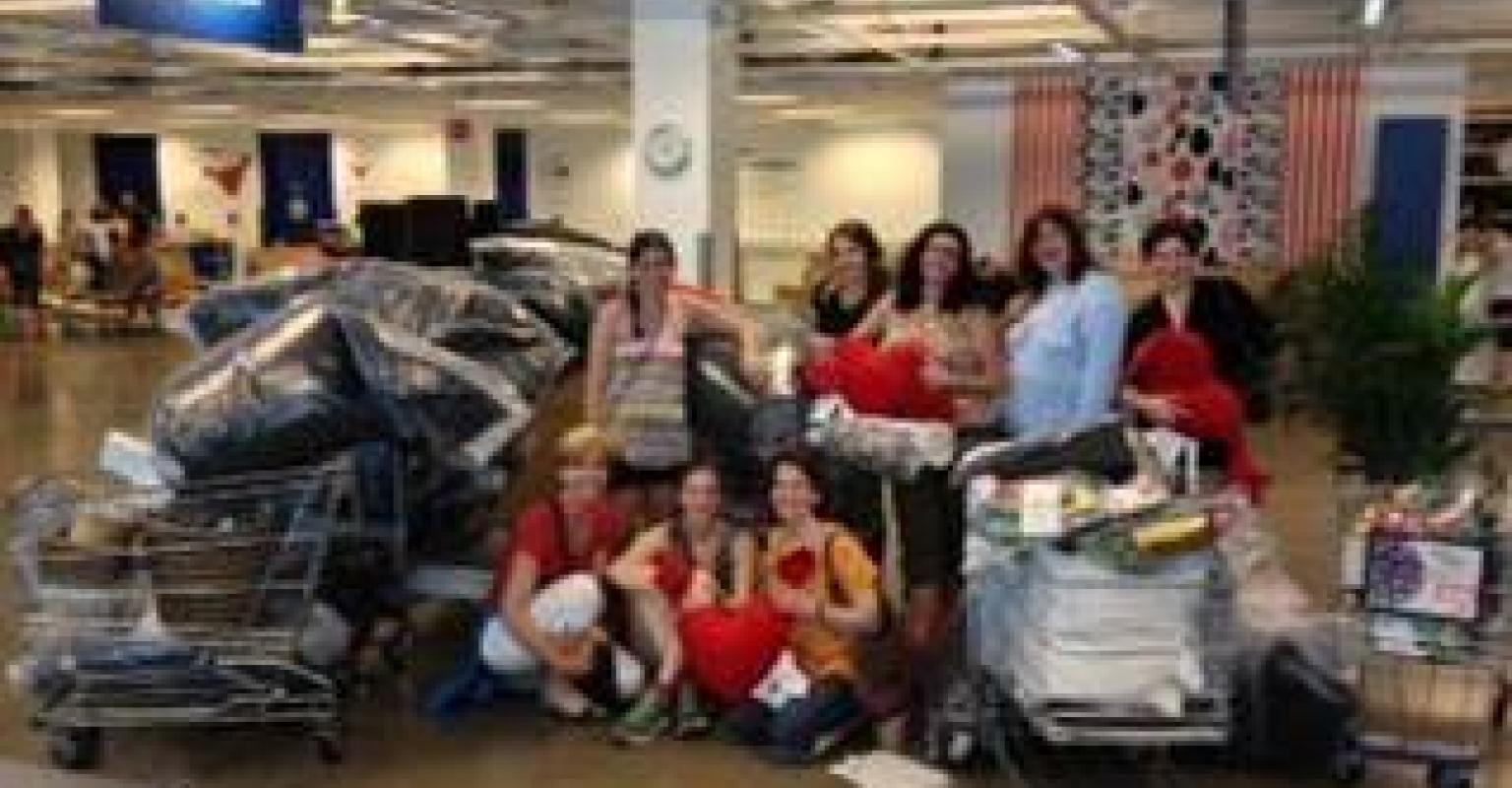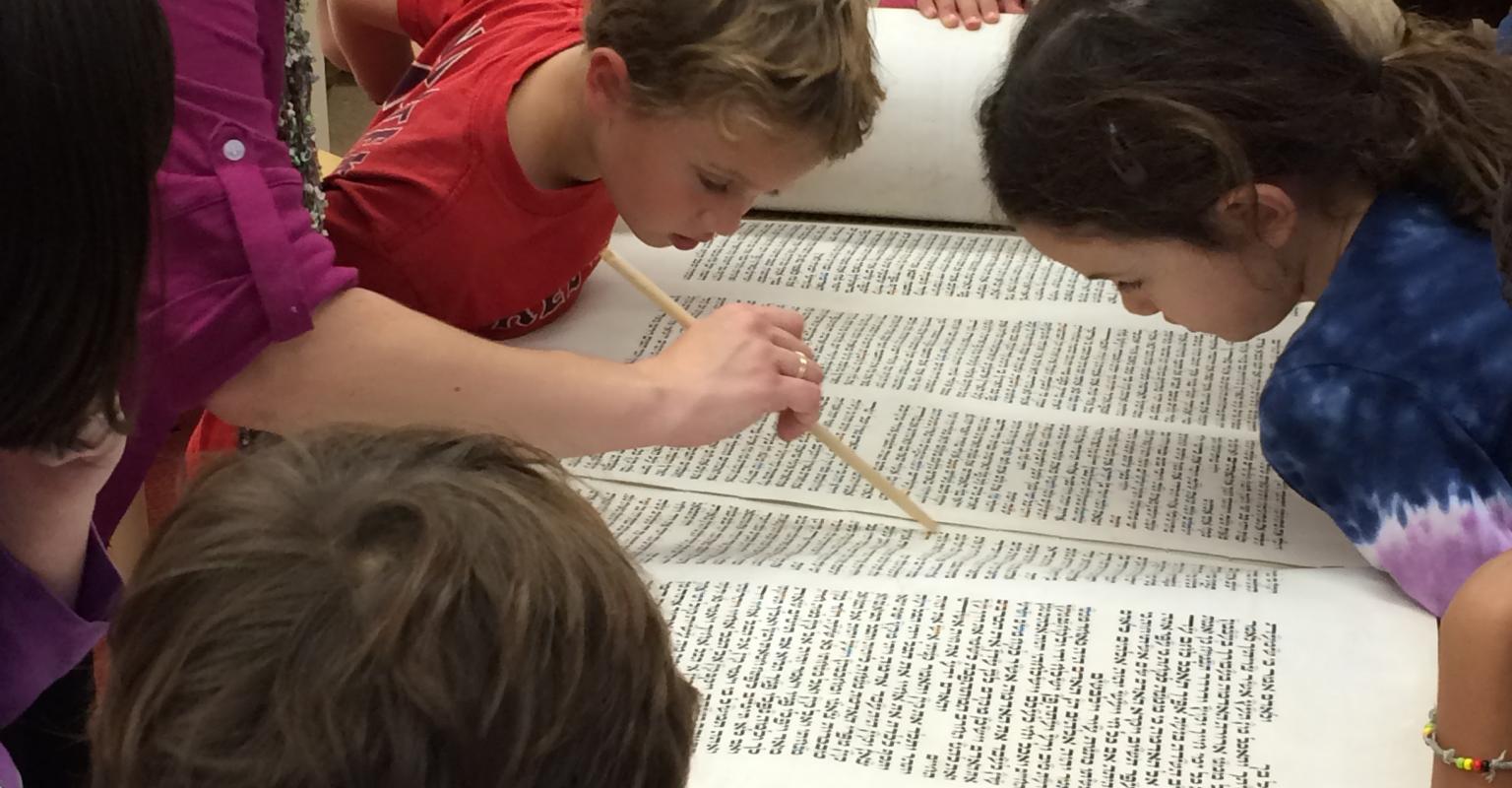This curriculum guide will help students to answer the following questions: How does one pray? What does it mean to pray? How can I connect to something if I don’t know what I am saying? What if I don’t actually believe the words that are written in the prayer book? In the end, students will be able to answer the question, “Why pray?” in a way that is meaningful for them, and will allow them to contextualize the prayers we say every day and find a way to make these ancient words relevant to their lives today.
- Tefilah (Prayer)
- Teen Engagement
Discover more

Congregation Kol Ami White Plains, NY. Mesorah (tradition) is a choice-based model for 7th-12th graders that includes CORE learning and hands-on, experiential, project-based learning electives.

Temple Israel Center White Plains, NY. This model encourages full-time educators to go beyond the classroom by engaging learners at the synagogue, in their homes, as well as, in the community.

Mayim, our initial example of "Additional" Models, could be placed in a Multi-aged, Project-Based Learning, or Experiential Learning bucket. Mayim is a K-5 learning community in which depth of relationships and depth of learning are intentionally fostered and visible everywhere.
